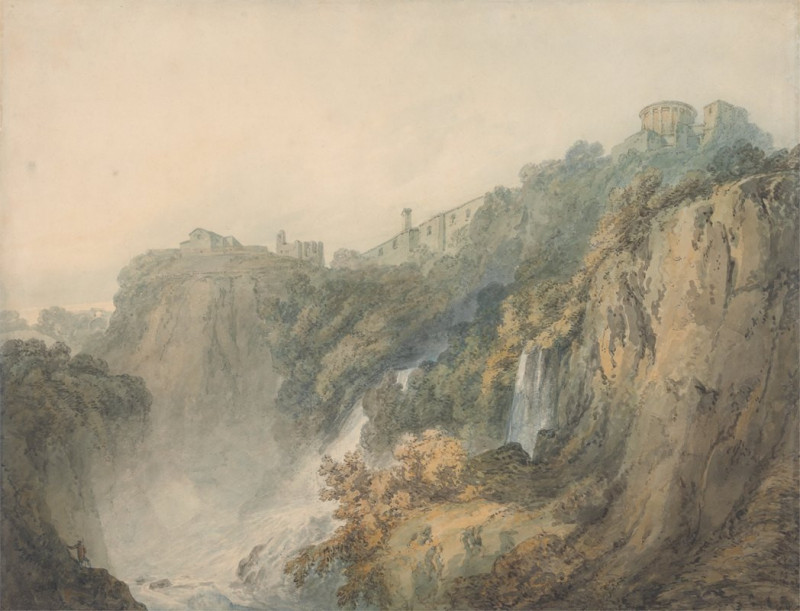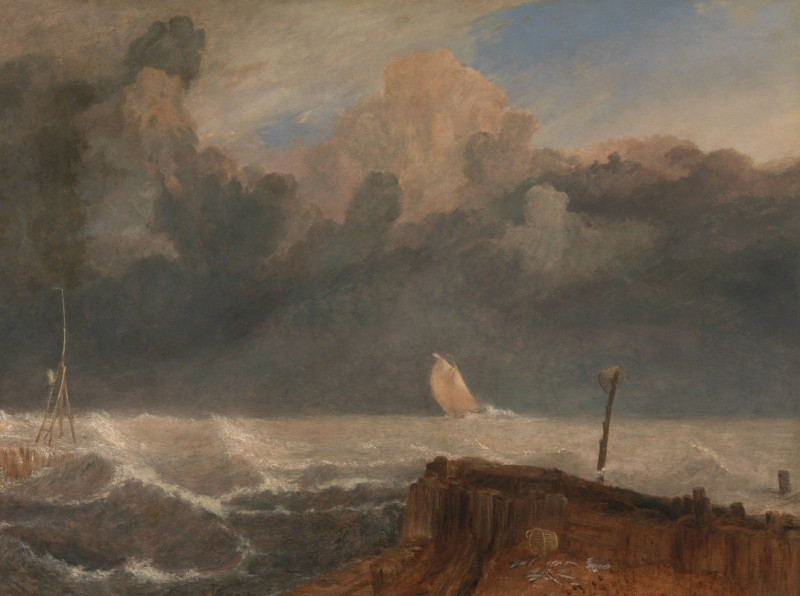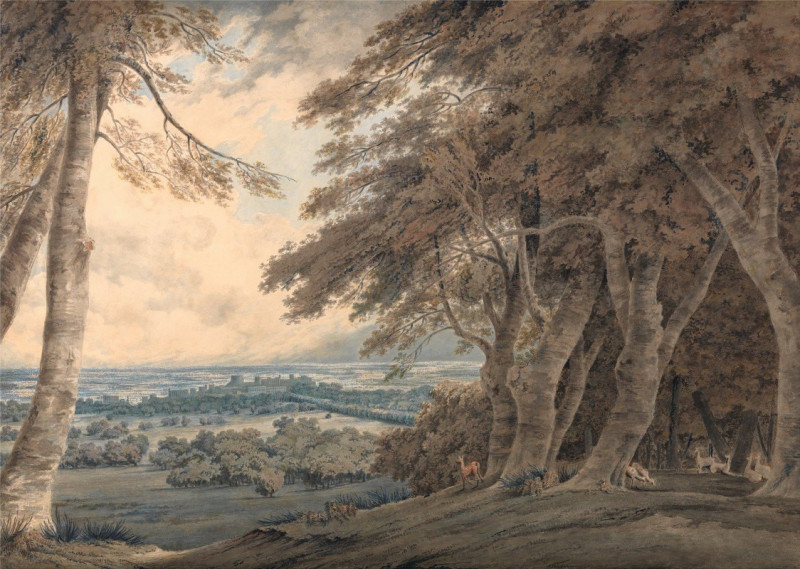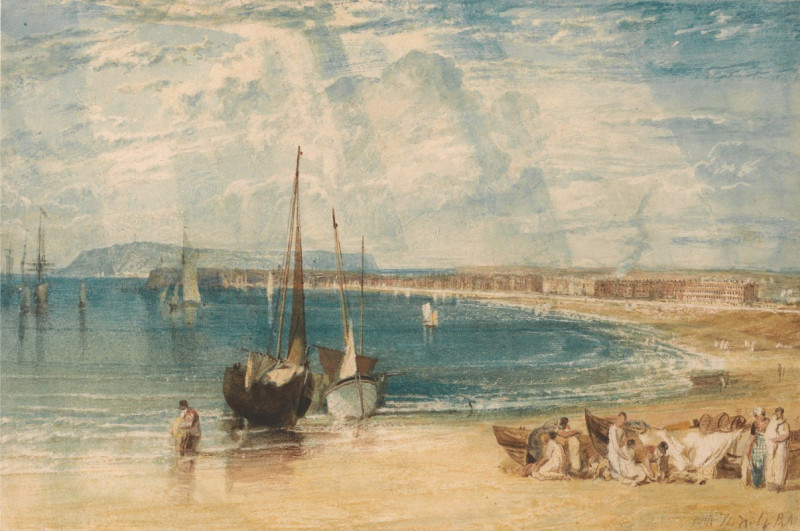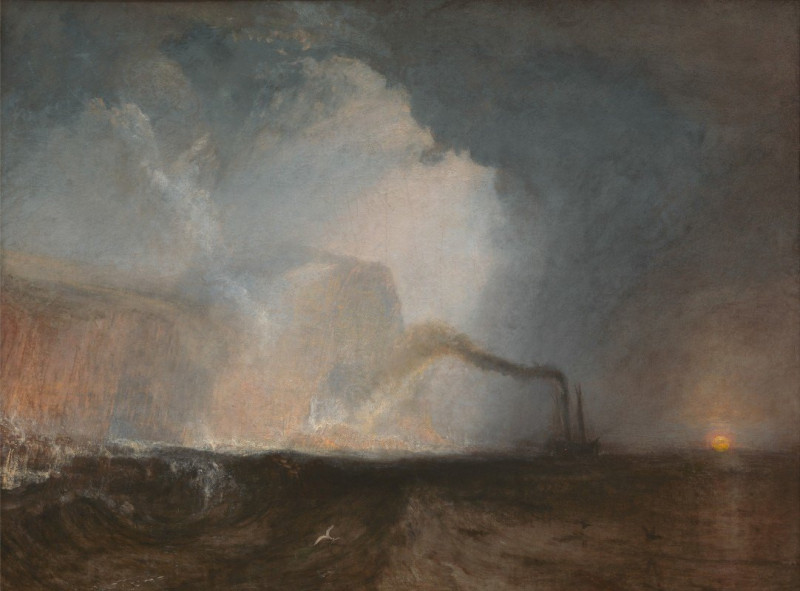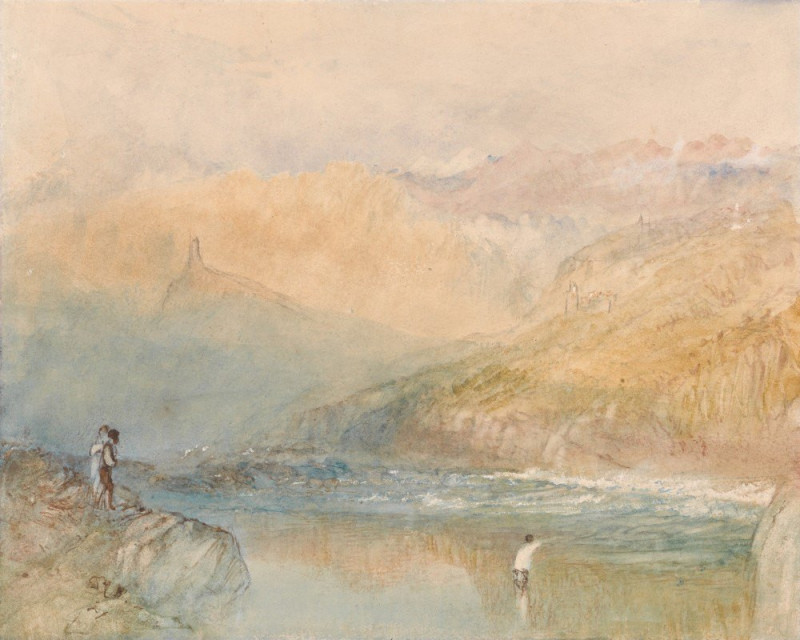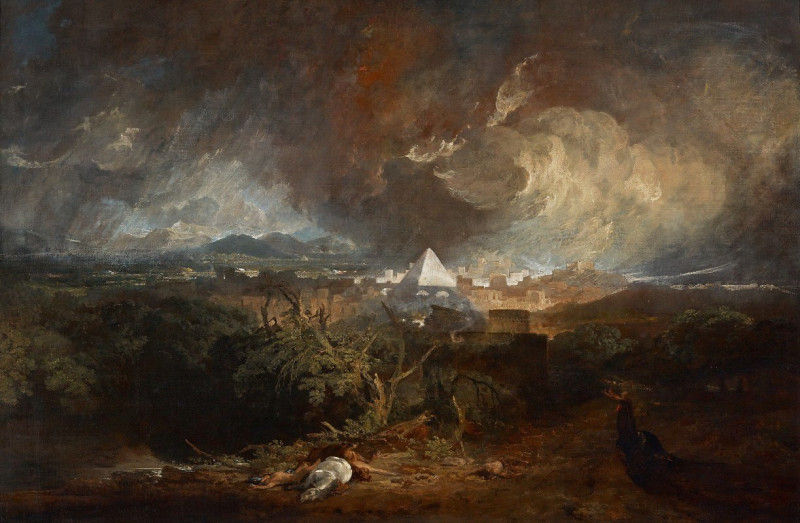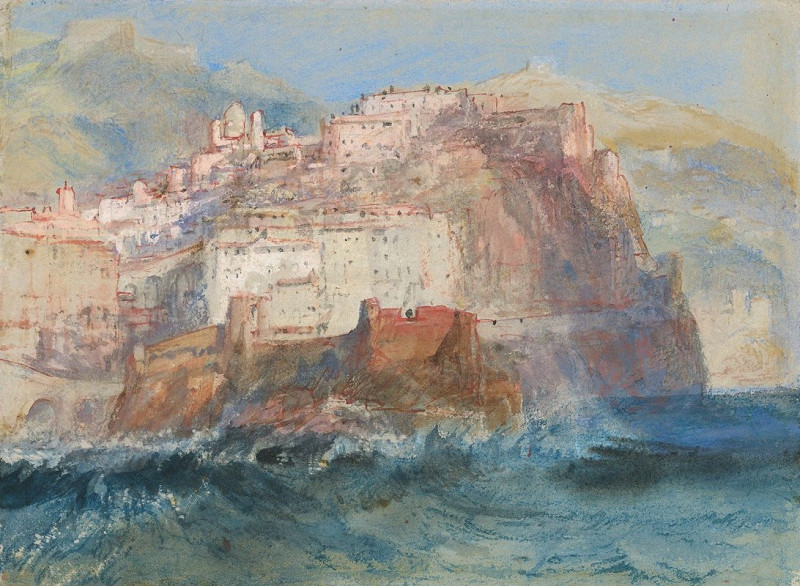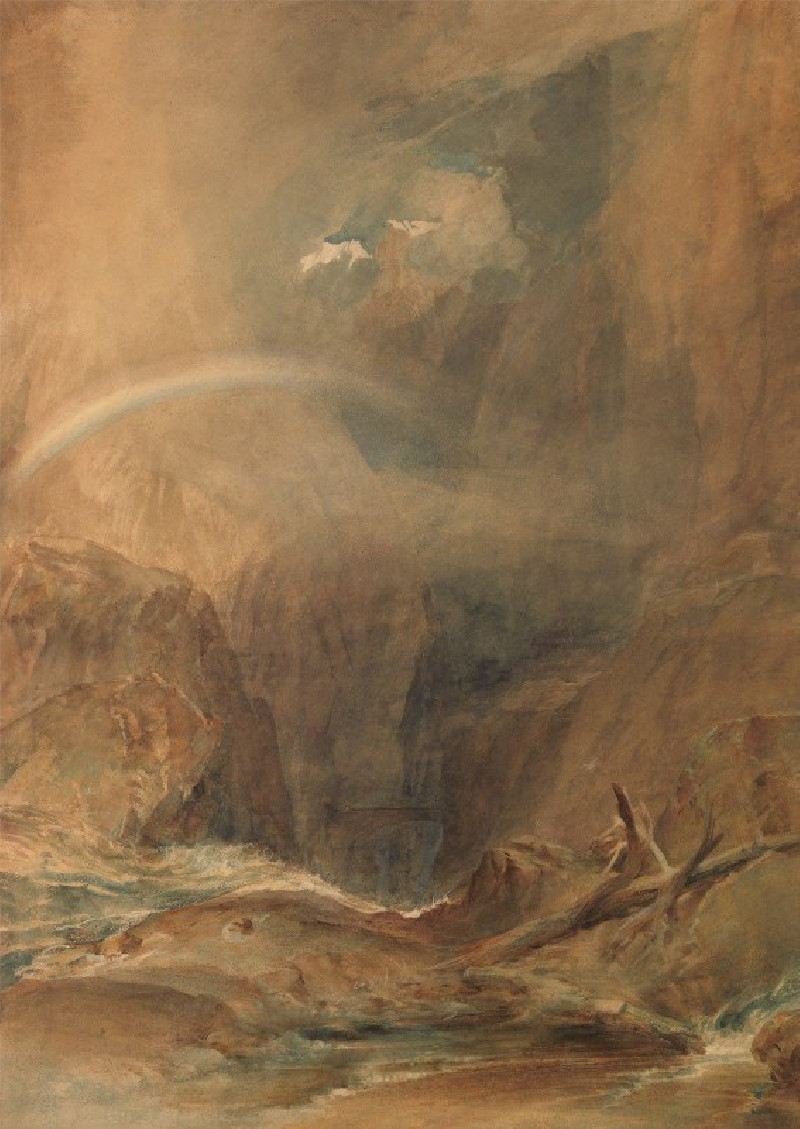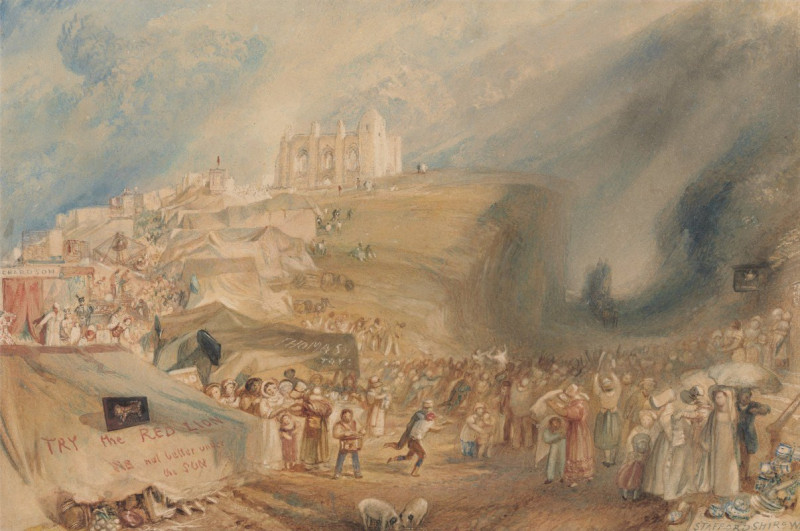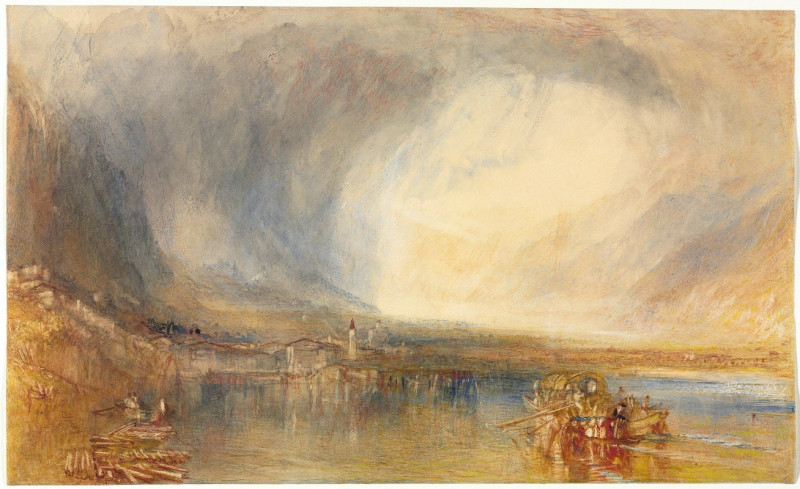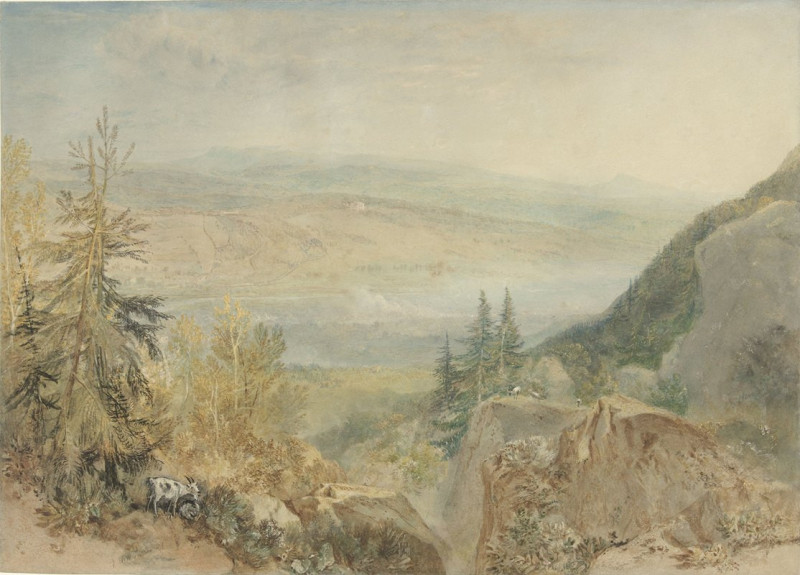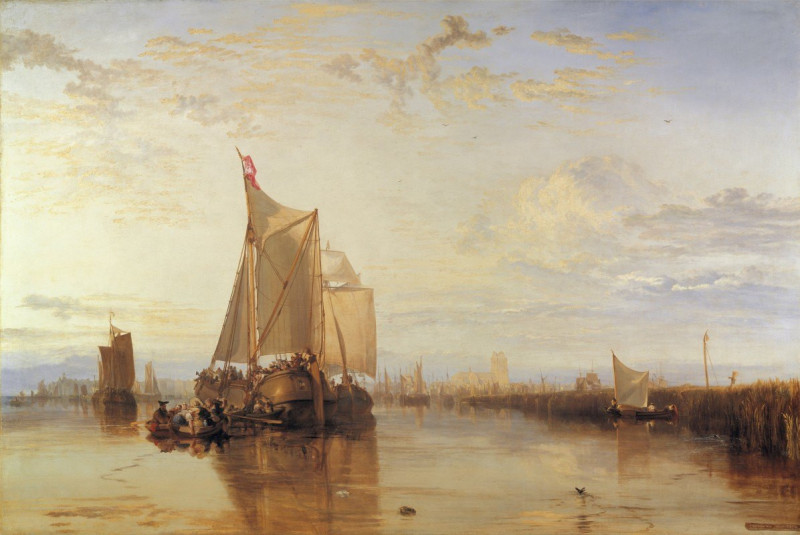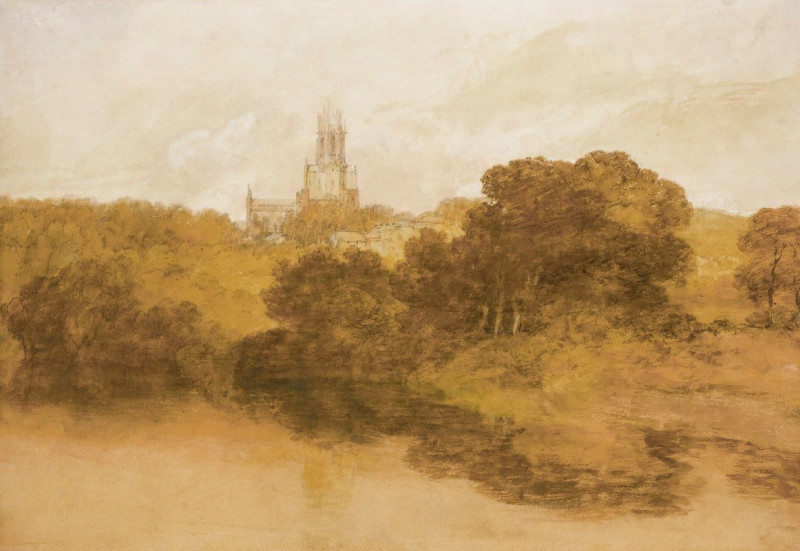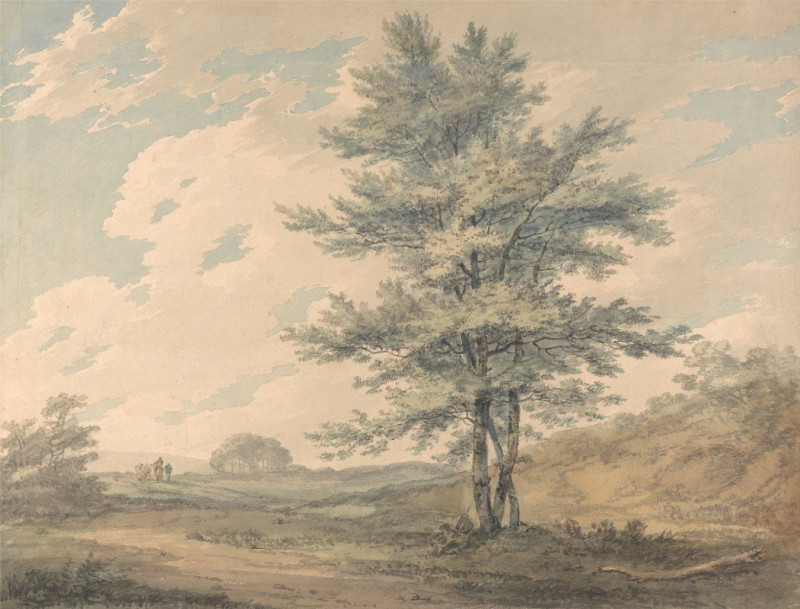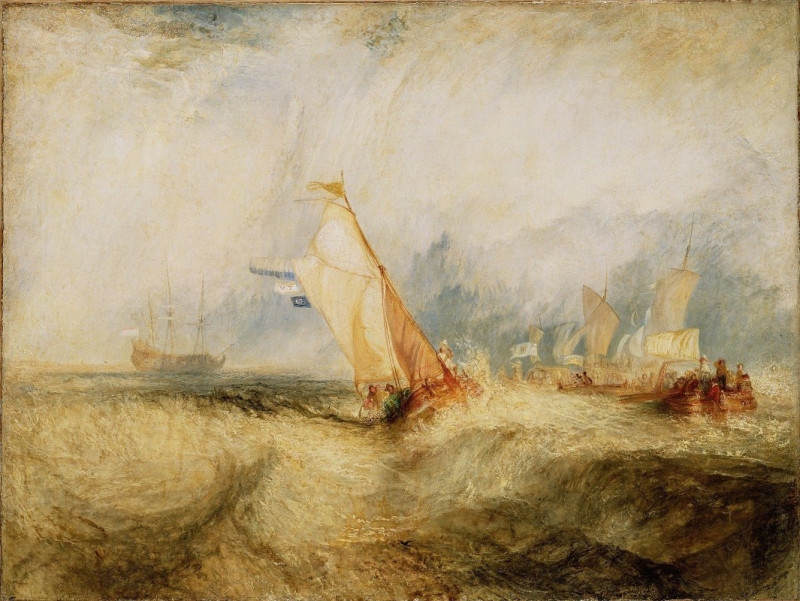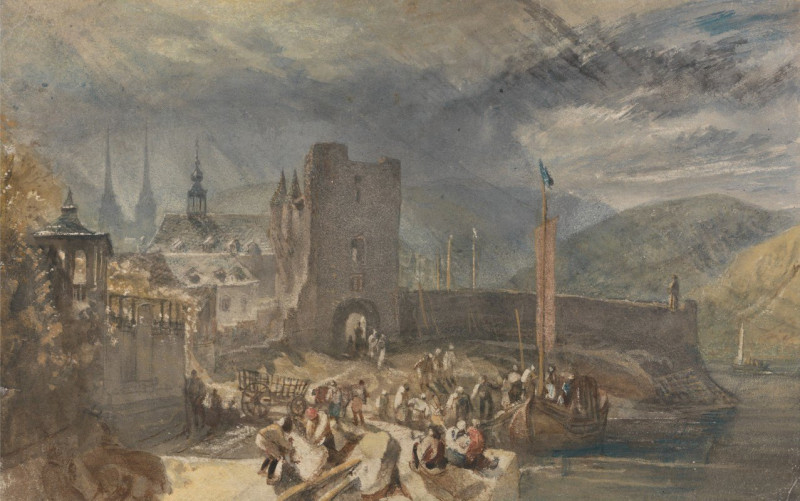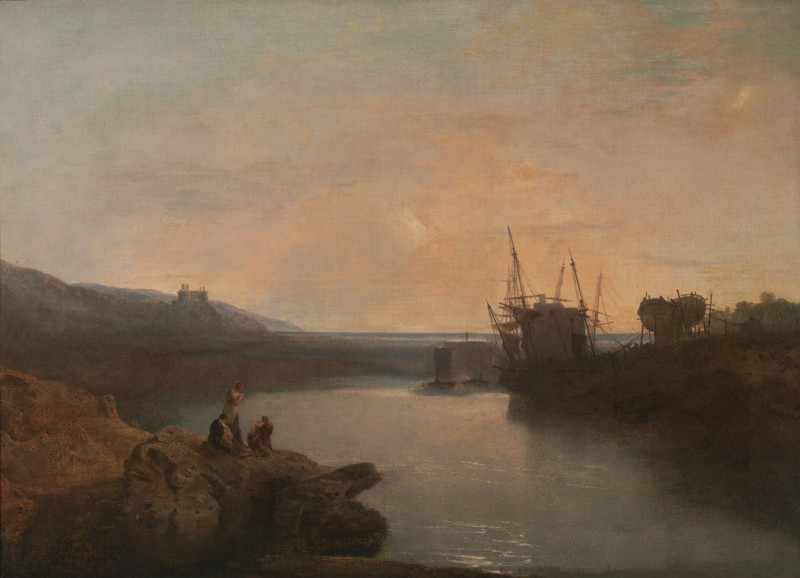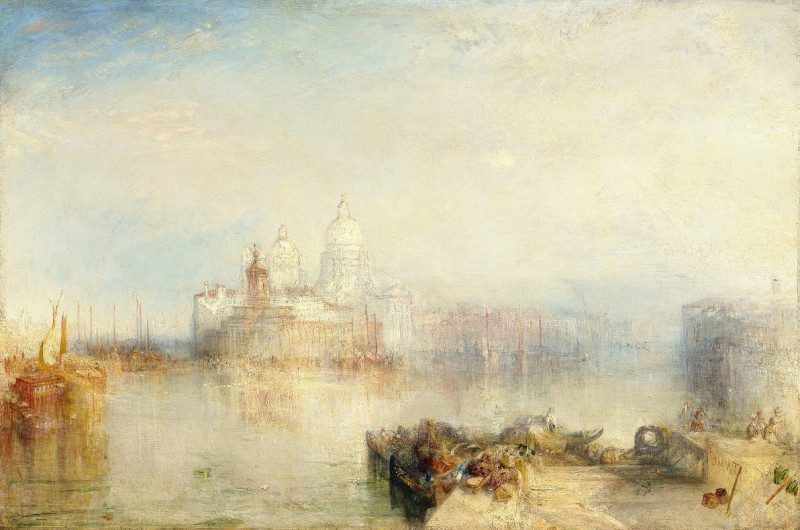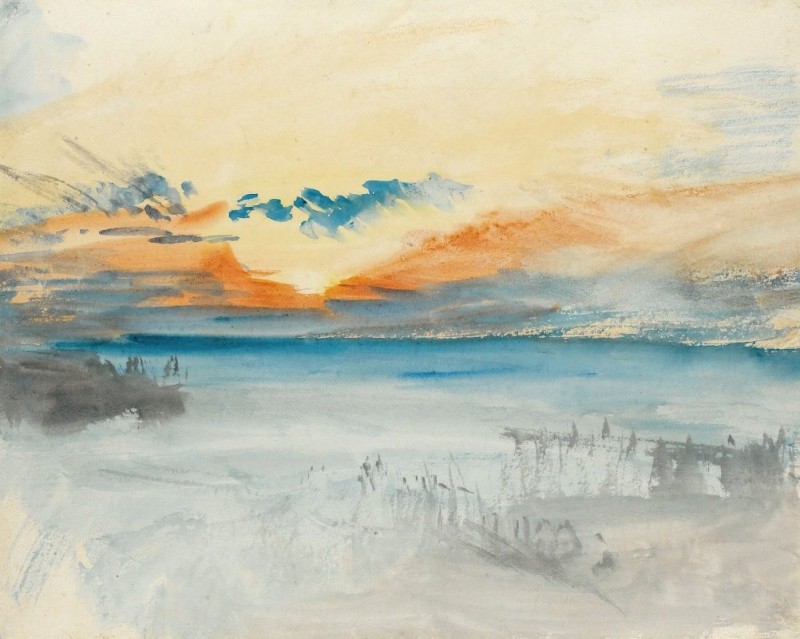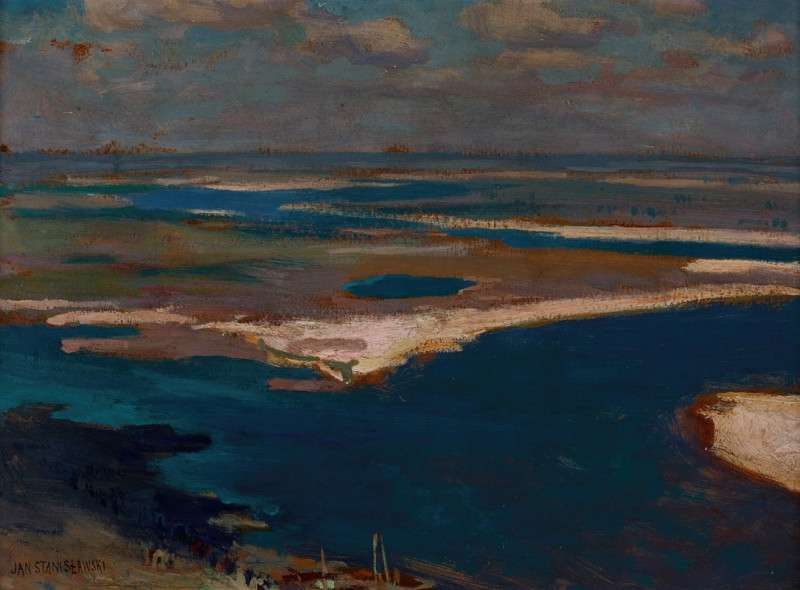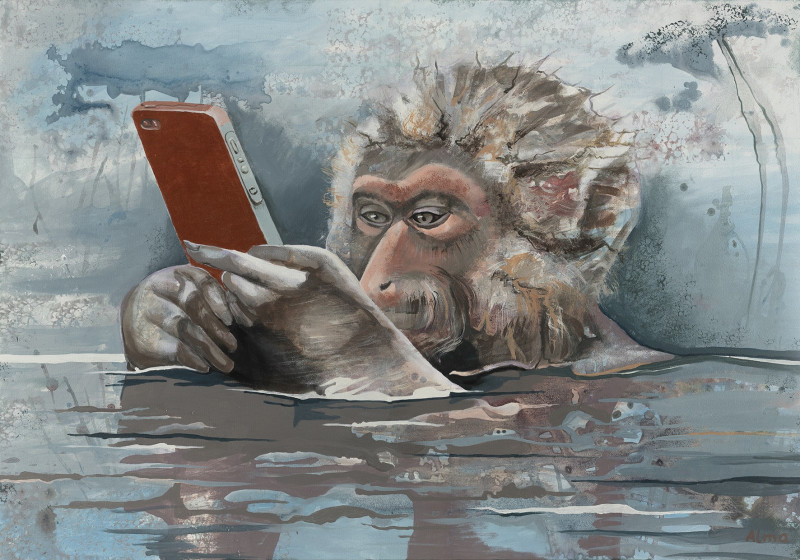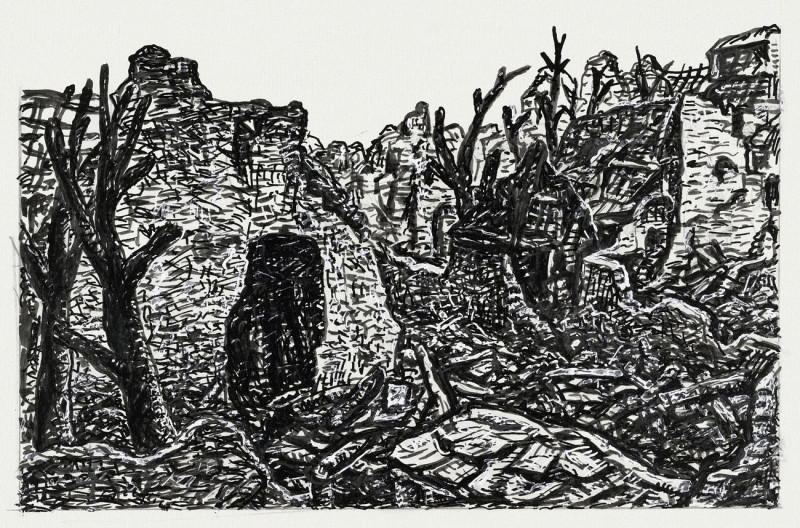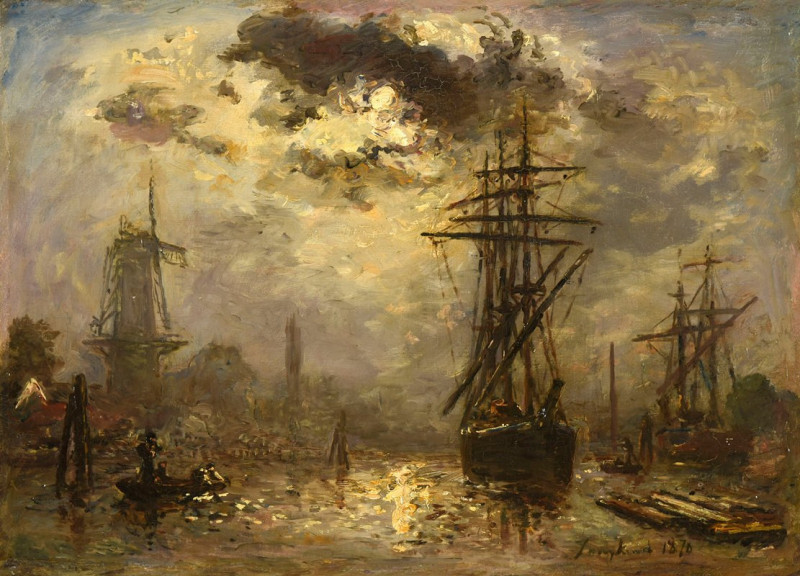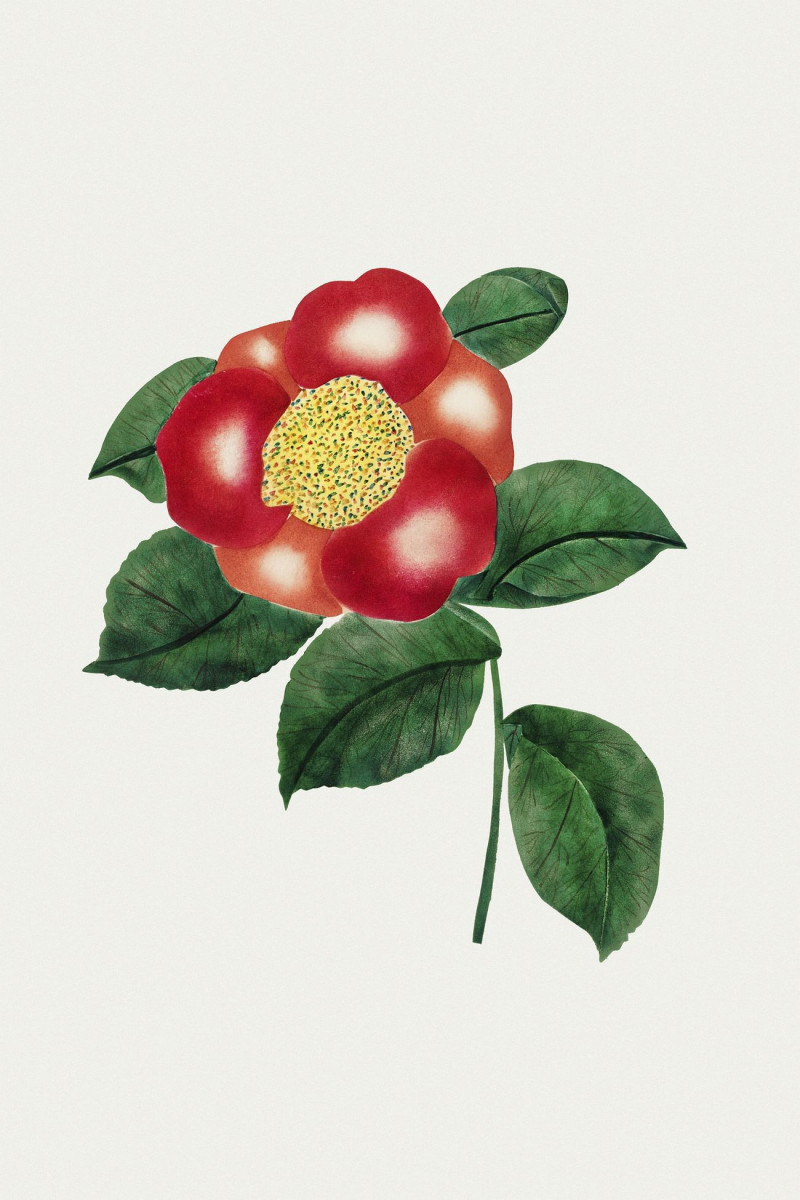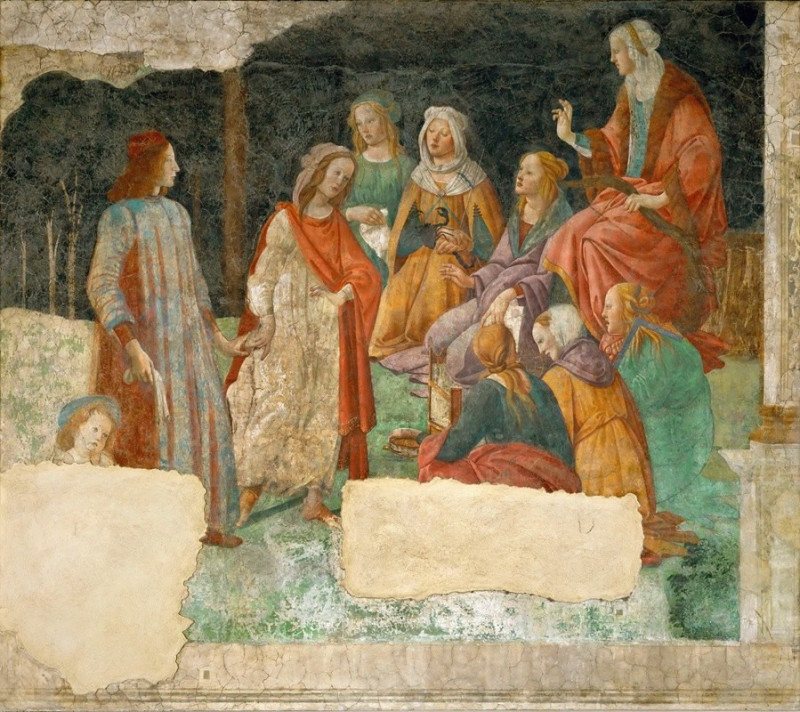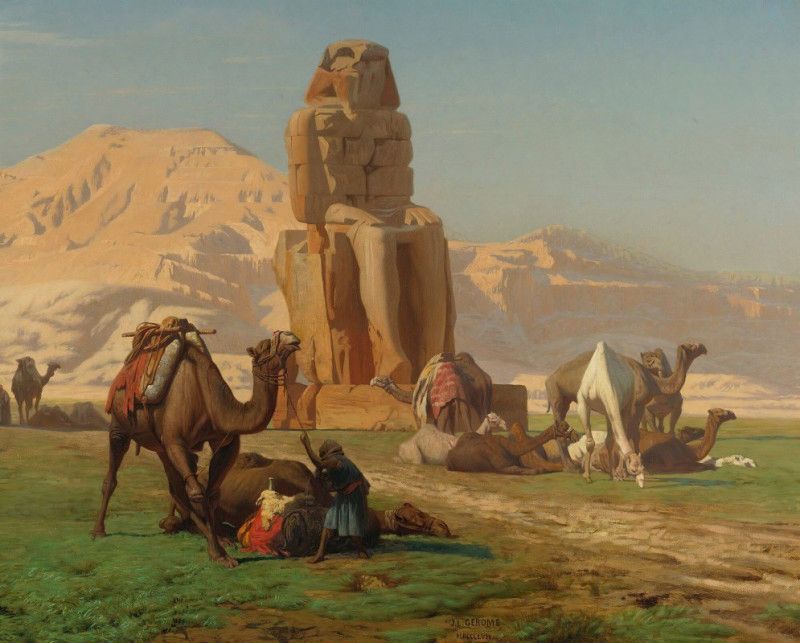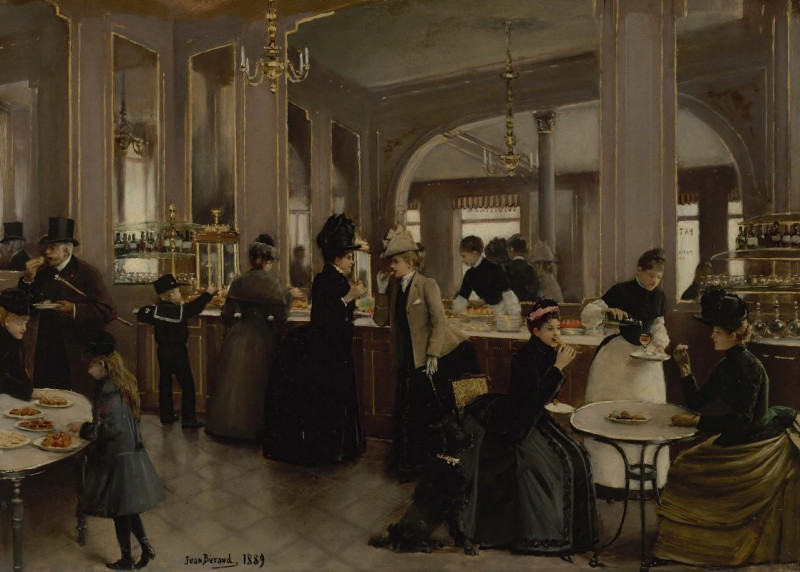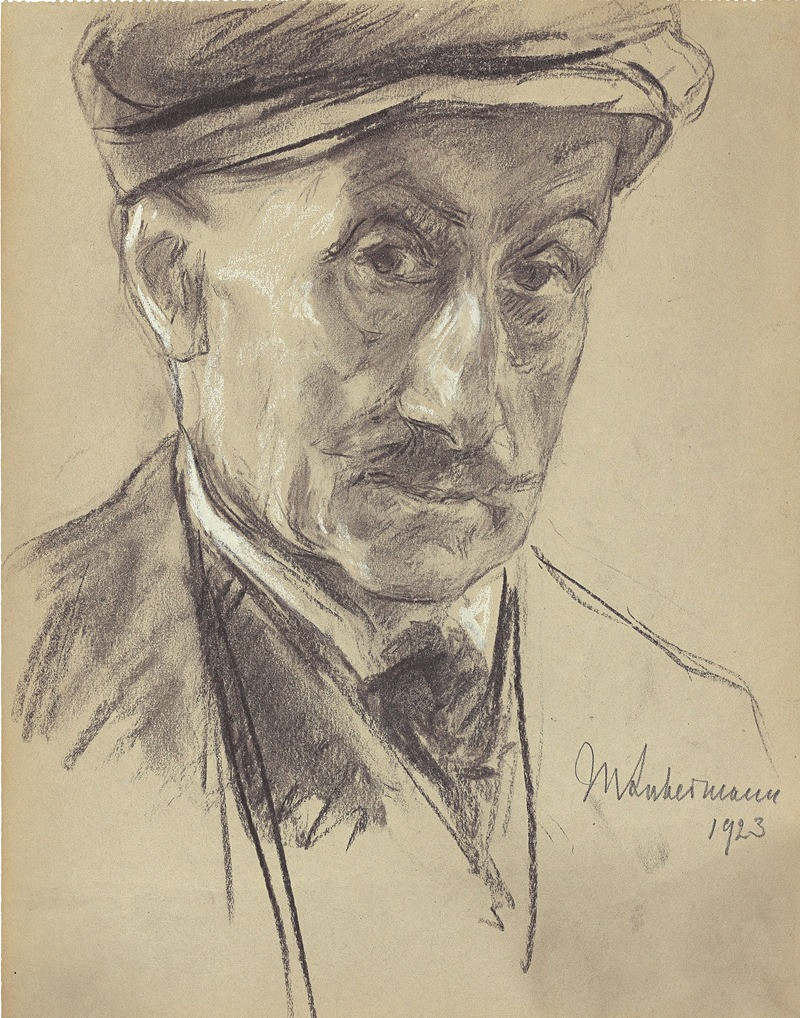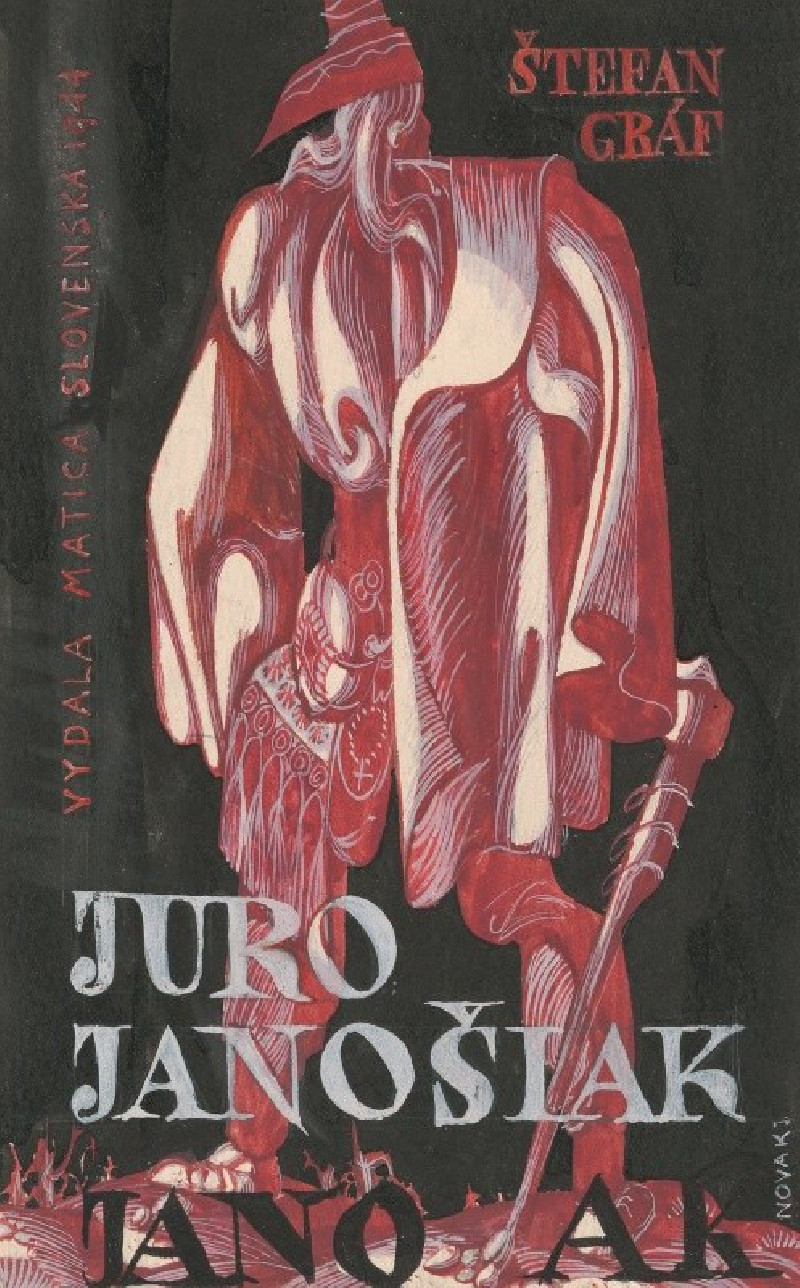Tivoli with the Temple of the Sybil and the Cascades (between 1796 and 1797)
Technique: Giclée quality print
Recommended by our customers
More about this artwork
In this breathtaking painting by Joseph Mallord William Turner, one of Britain's most revered landscape artists, the viewer is transported to the enchanting surroundings of Tivoli, a historic hilltown near Rome. Created between 1796 and 1797, this artwork captures the picturesque essence of Italy with Turner's masterful use of watercolor.The painting showcases a panoramic view of Tivoli’s dramatic topography, dominated by steep cliffs and lush vegetation. At a higher vantage point on the right, stands the famed Temple of the Sybil, a circular structure that overlooks the town and adds a classical antiquity nuance to the scene. This ancient edifice, with its enduring beauty, has been a subject of admiration and a significant symbol in numerous artistic representations through the centuries.Below the temple, the Aniene river cascades into the gorge, creating a lively and misty atmosphere that brings a dynamic element to the tranquil landscape. Turner adeptly renders the movement of water with fluid brush strokes, accentuating the cascade's cool, moist air that seems to emerge from the painting.Turner's soft, atmospheric perspective is evident in the subtle blending of colors and light, evoking a sense of depth and vastness that allows the viewer to feel immersed in the serene setting. Notice the attention to detail in the portrayal of the lush trees and ruins, which provides a textured contrast to the smooth flowing water.This painting not only celebrates the natural beauty and historical depth of Tivoli but also showcases Turner's ability to convey profound emotive landscapes that resonate with viewers.
Delivery
Returns
Joseph Mallord William Turner RA, known in his time as William Turner, was an English Romantic painter, printmaker and watercolourist. He is known for his expressive colourisations, imaginative landscapes and turbulent, often violent marine paintings. He left behind more than 550 oil paintings, 2,000 watercolours, and 30,000 works on paper. He was championed by the leading English art critic John Ruskin from 1840, and is today regarded as having elevated landscape painting to an eminence rivalling history painting.

